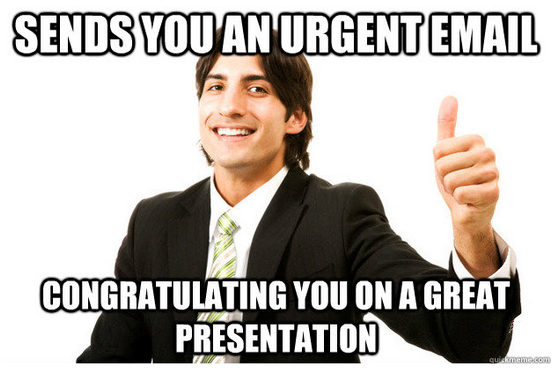Be bold, develop a brand voice and differentiate yourself: Lessons from my PR internship
When I interviewed at (W)right On Communications, I was asked, "What makes you different from the other candidates applying for this position?" I confidently answered the question because I knew others would see it as a temporary opportunity to get a taste of the PR profession. I, however, had no intention of treating this job…
read moreOur picks for the top PR, marketing and social media campaigns of 2014
Top PR and Social Media Campaigns of 2014 As 2014 comes to an end, our team reflected on some of the best PR, marketing and social campaigns the year had to offer. Whether it was as extreme as Ebola or as casual as ‘Alex from Target’, here are the top five that made the cut…
read moreIn a Relationship-Based Industry, the Most Important One is with Your Client
On most agency websites you’ll see some variance of the old cliché “PR is all about relationships.” Successful agencies have strong relationships with journalists covering the beats relevant to their clients and with industry movers and shakers who can open doors. The best PR pros also have relationships with leaders at complementary organizations for collaborations that…
read moreTwitter’s New “Buy” Button is Ready to Shake Up Your Social Media
Twitter's New Buy Button Ready to Shake Up Your World In today’s digital-loving environment, it’s hard to find someone who doesn’t shop online. Retailers tempt with exclusive products, special deals and shipping incentives; and Cyber Monday is quickly on its way to taking over Black Friday, just about the biggest brick-and-mortar shopping day ever. So…
read more

















